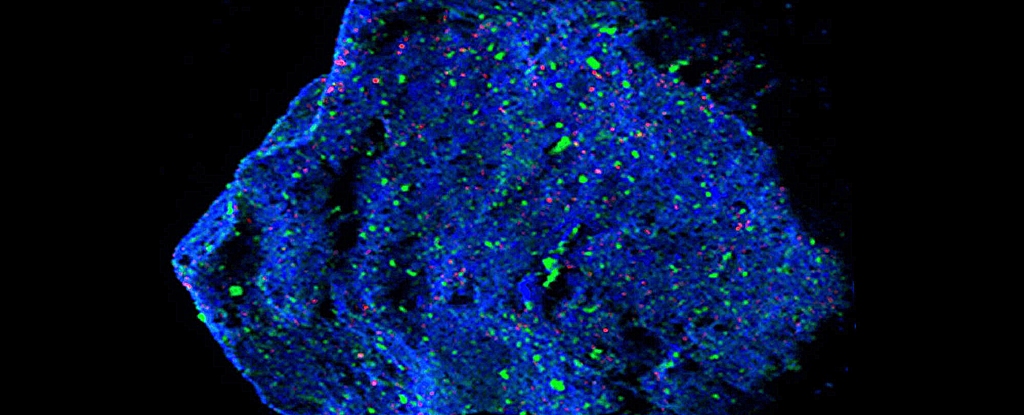
The asteroid Ryugu is an echo from the deep, distant past. Two tiny grains of the rock, delivered to Earth in 2020 by the famous Hayabusa2 mission, contain minerals older than any found on our planet.
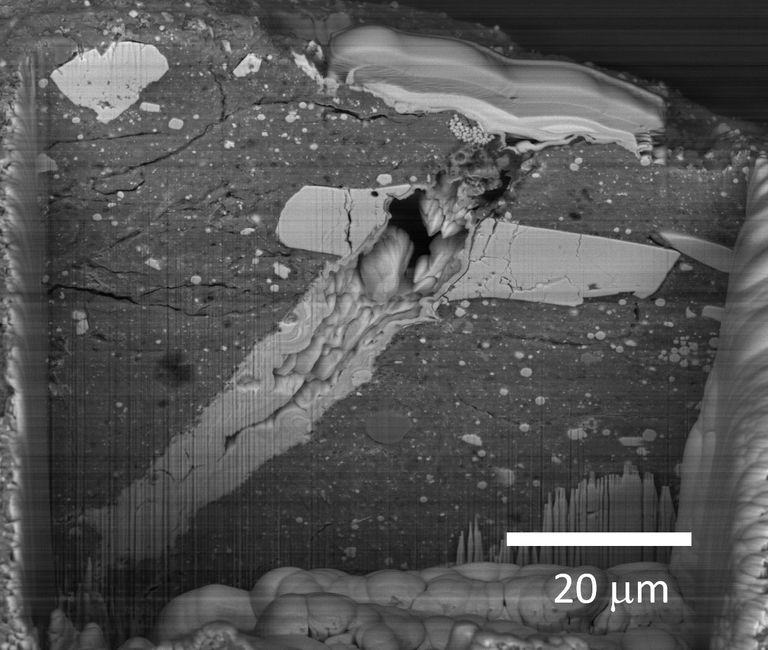
Asteroid Bennu, sampled by NASA’s OSIRIS-REx mission in 2020, is a mixture of dust that formed in our solar system, organic matter from interstellar space, and pre-solar system stardust.
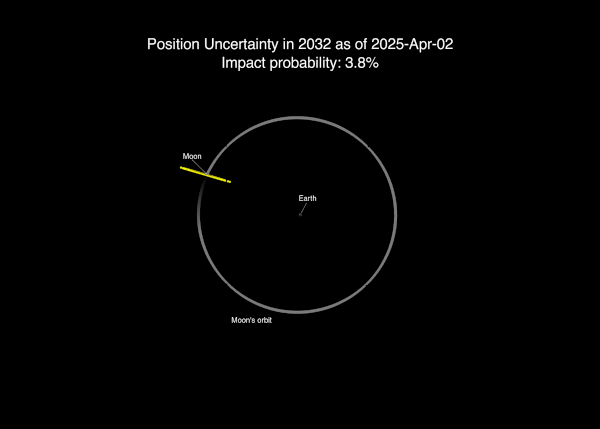
On April 2, 2025, NASA said that new data from the Webb space telescope and ground-based telescopes suggested a 3.8% chance of a moon strike.
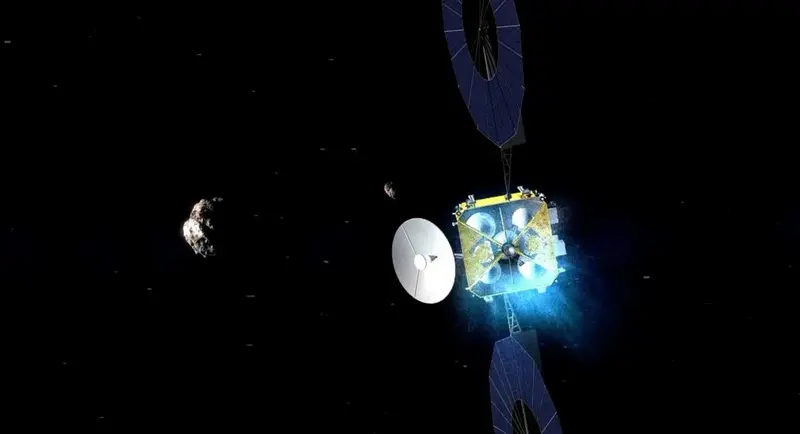
China joins the asteroid sample return game, with the ambitious Tianwen 2 mission, which launched successfully on Thursday (local time).

Dangerous rocks may co-orbit with Venus, but new research suggests only a space-based mission can prove it.

Planetary scientists research the complex asteroid Vesta which may possess the same fundamental architecture as Earth such as the crust.
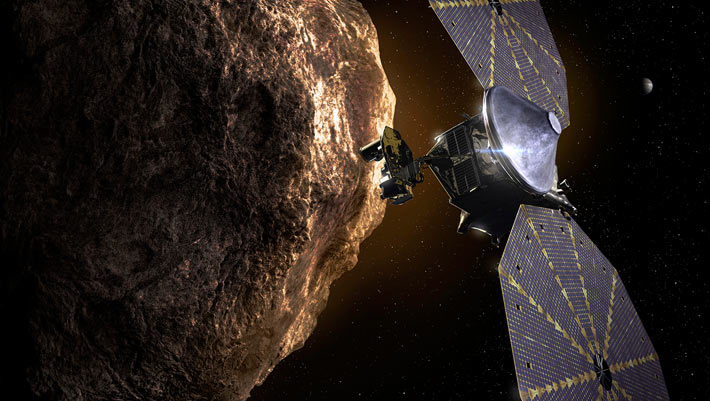
NASA's Lucy spacecraft will fly by the small asteroid Donaldjohanson on April 20, 2025.
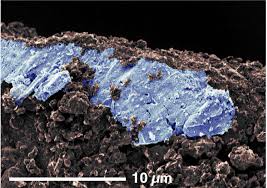
A team of researchers has found evidence of salt minerals in samples recovered from Ryugu during the initial phase of Japan's Hayabusa2 mission.
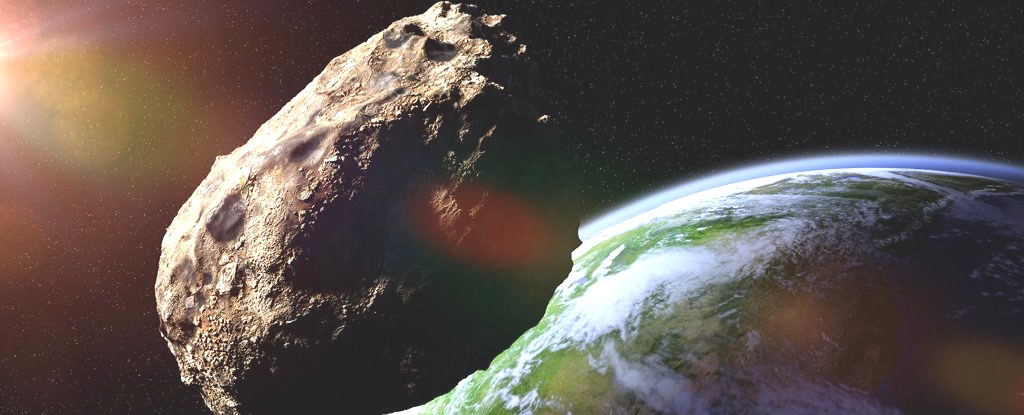
Asteroid, 2024 YR4, is on a path that might lead to a collision with our planet on 22 December 2032. Calculations suggest there is currently around a 1-in-77 chance that the asteroid will crash into our planet at that time.
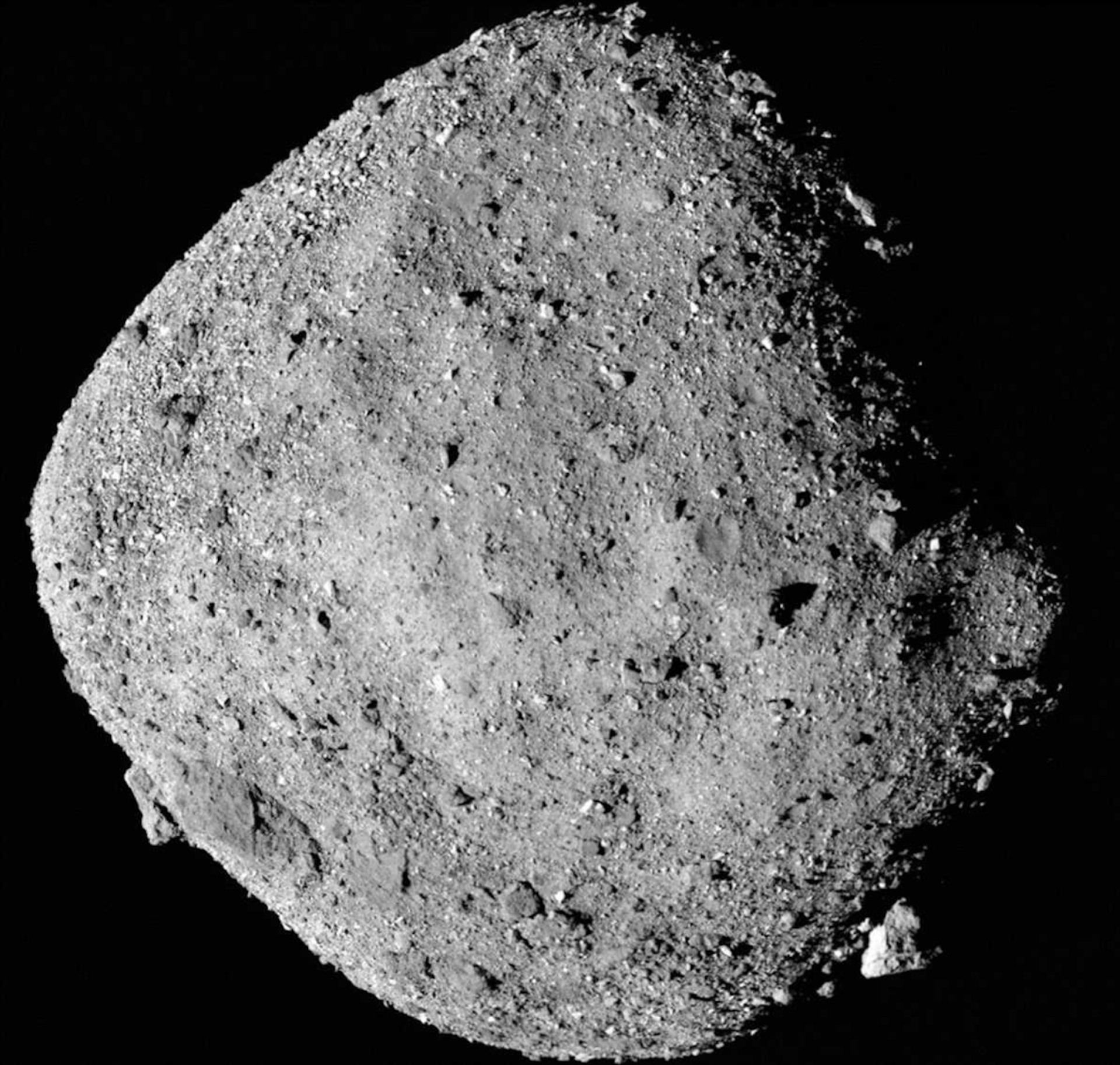
New findings reveal that a NASA mission traveled to an asteroid that may have once been covered in salty lakes containing organic molecules.
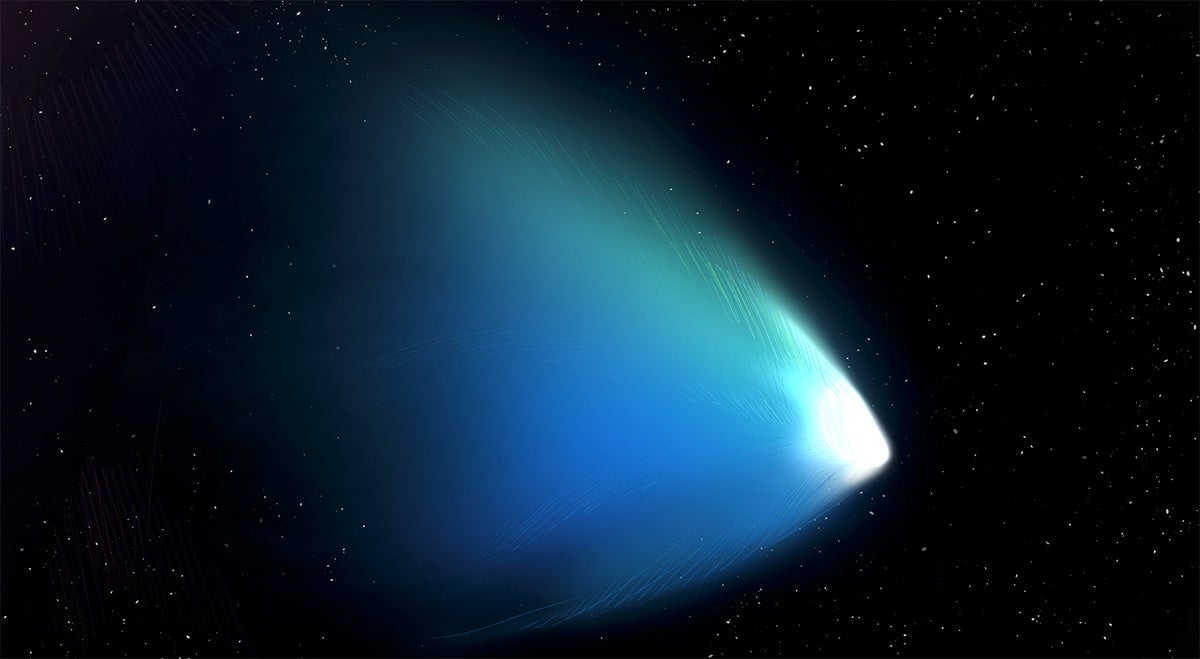
A resent study used James Webb Space Telescope to reveal one-of-a-kind attributes of (2060) Chiron, a distant “centaur” in space sharing properties of both a comet and an asteroid, giving clues to our Solar System’s origins.

Dark comets are objects that looks like asteroids but acts like comets. Now, new research has doubled the number of known dark comets and grouped them into two distinct populations.

There is a radical idea that Earth was seeded not just with the building blocks of life but life itself.
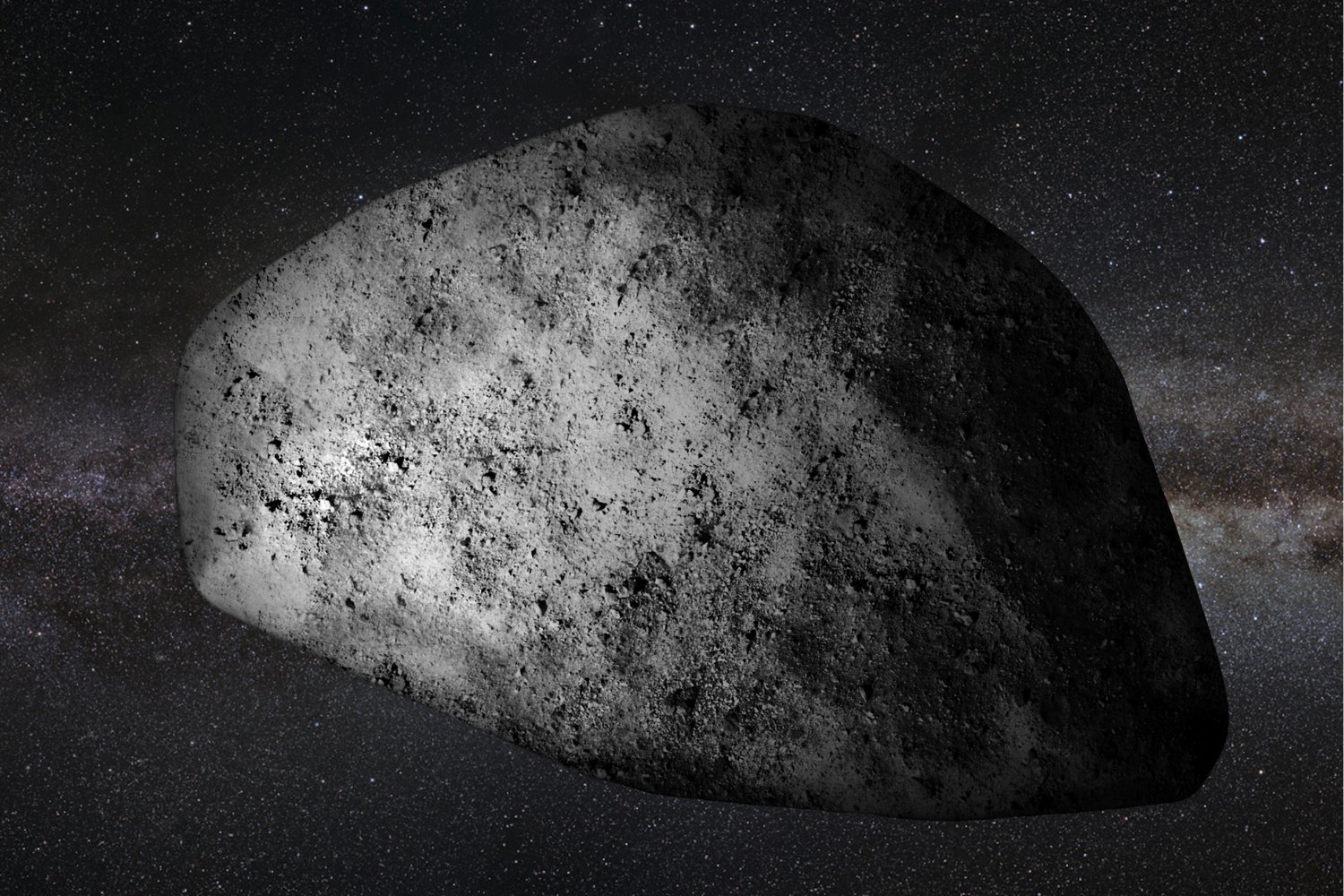
A team of astronomers believe that our planet’s gravitational pull could alter the surface of Apophis, a near-Earth asteroid (NEA) set to make a close approach to Earth in five years’ time.
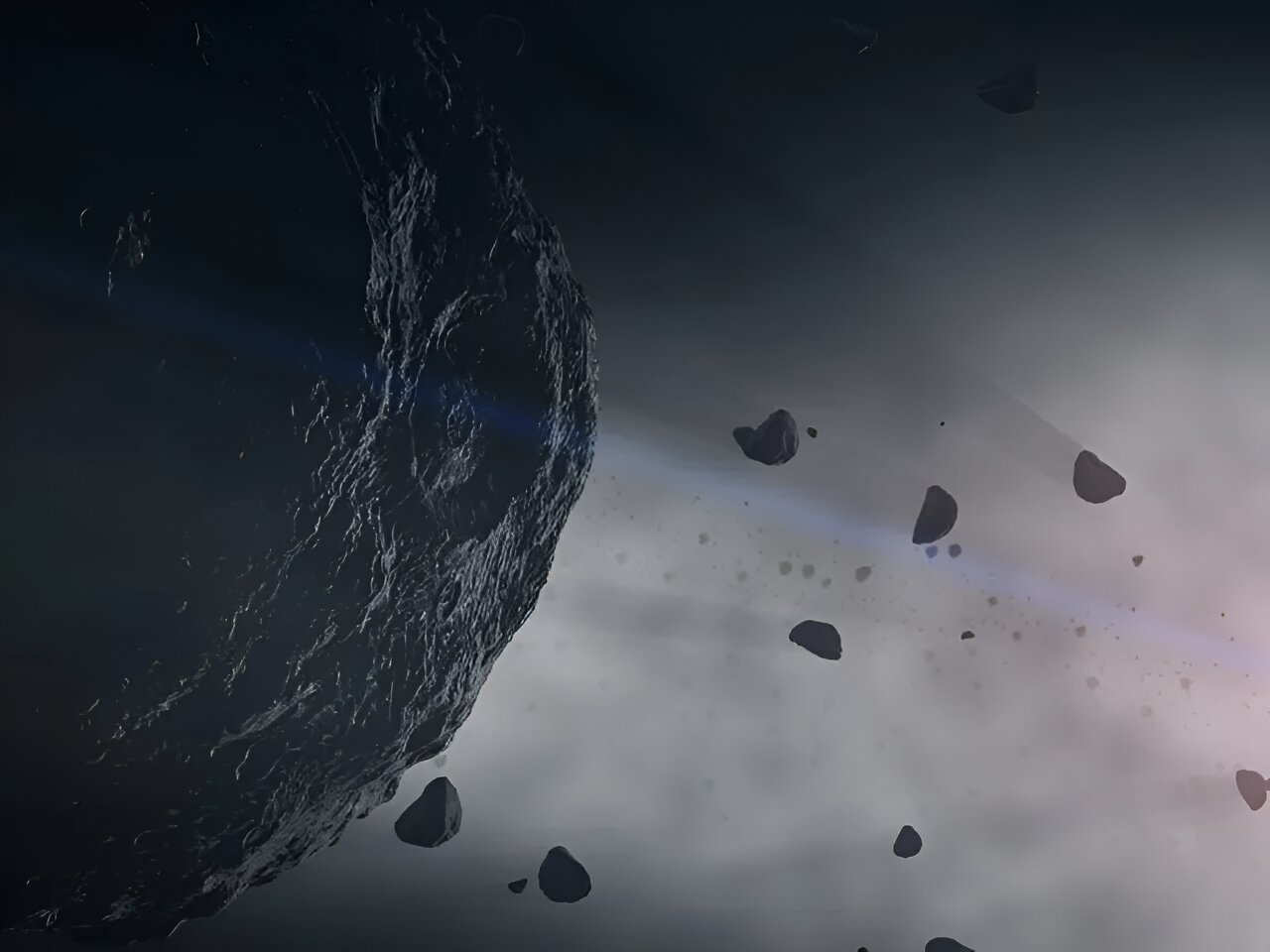
An international research team used the asteroid Bennu's tracking data to study the possible existence of a fifth fundamental force of the universe.